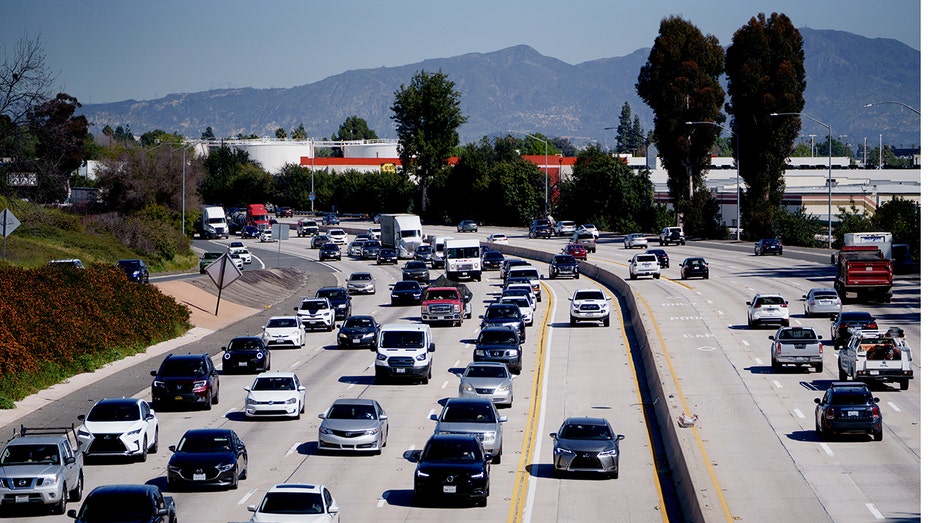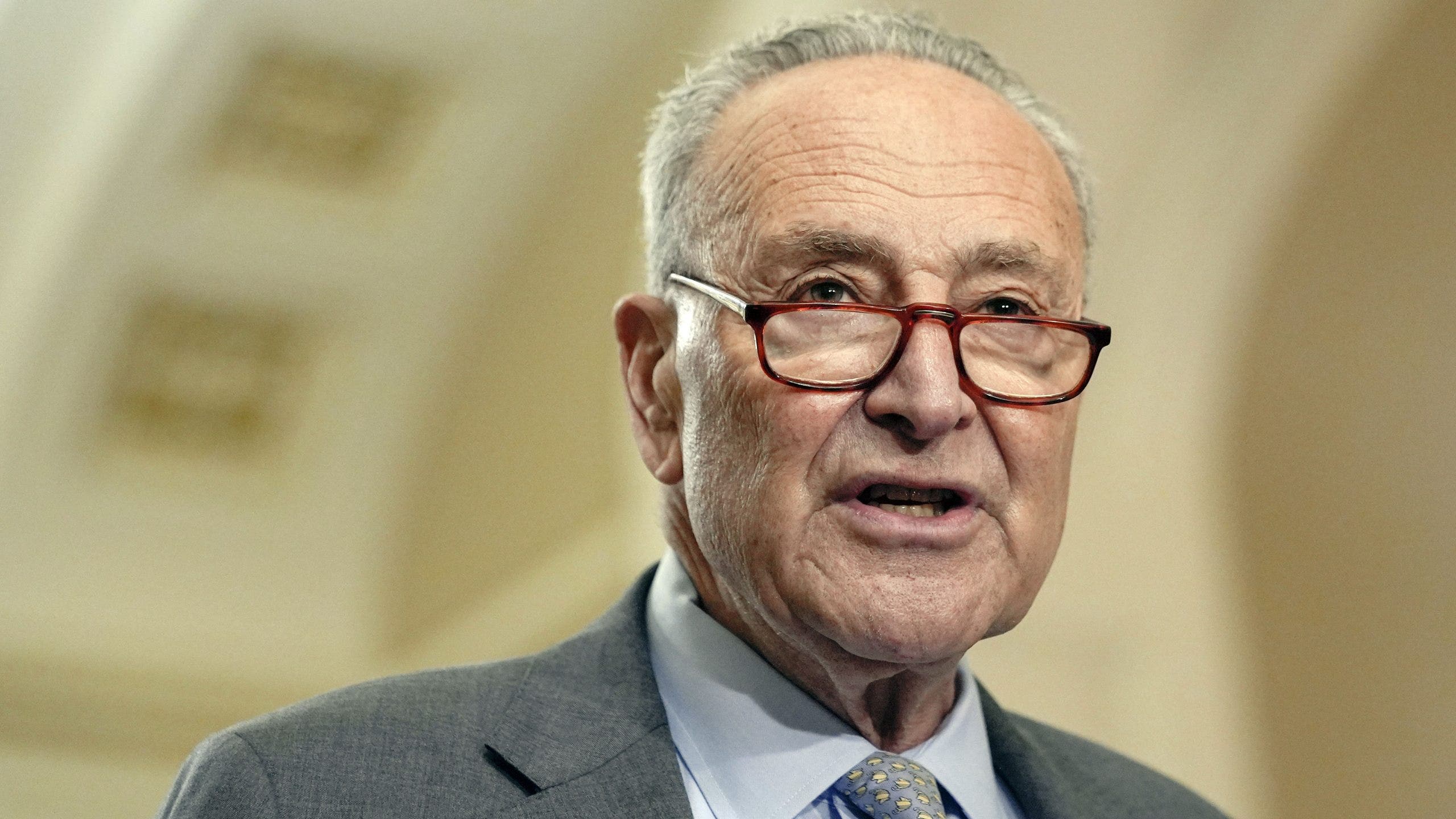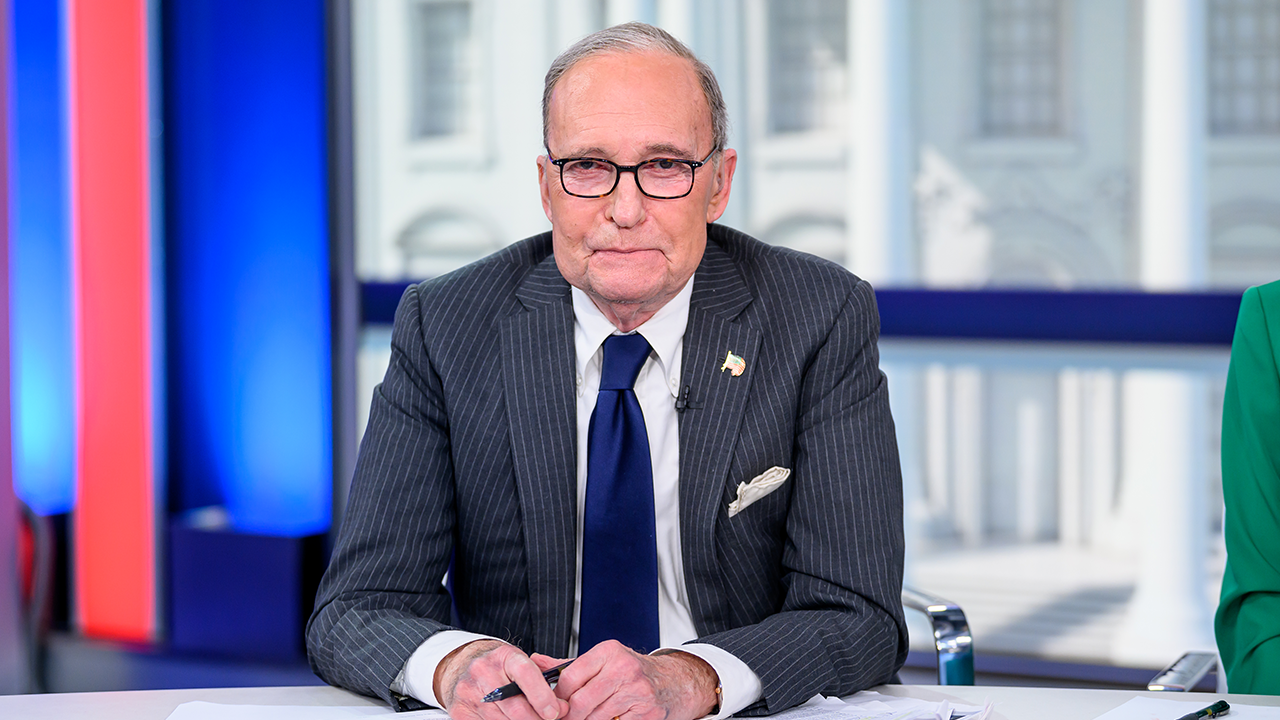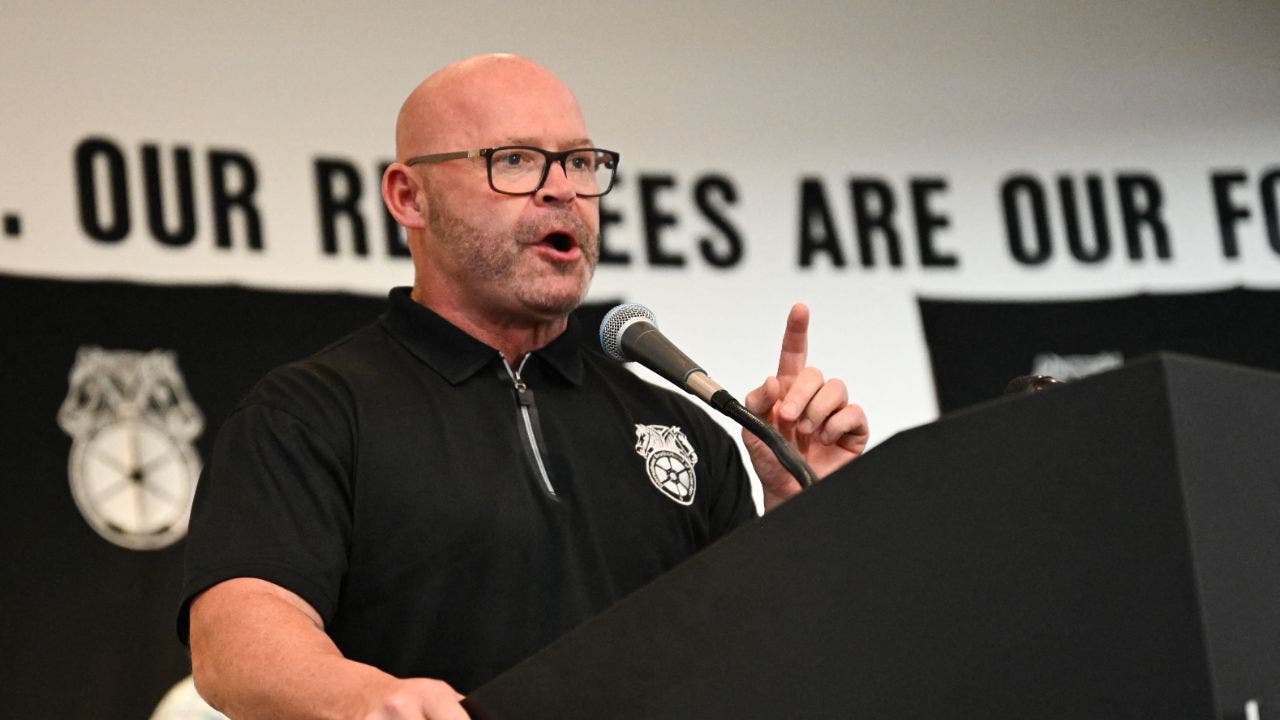Young Americans are increasingly choosing to rely on public transportation as the cost of car ownership has skyrocketed.
Amid the rise of ride-sharing apps and a struggling national economy, Generation Z is finding other ways to get around, and it’s manifesting in ways ranging from fewer road trips to a fall in car purchases. “The percentage of 19-year-olds with a driver’s license dropped steadily from 87.3% in 1983 to 68.7% in 2022, according to most recent data from the Federal Highway Administration,” The Wall Street Journal reported.
The data also indicated that Generation Z’s portion of both new and used car sales dropped 0.1% between 2022 and so far in 2024. While that number might seem small at first glance, the fact there is a drop at all for a generation with members in their 20s is seen as a shocking shift. “It’s extraordinarily rare, demographically, for this to be going backwards,” Tyson Jominy, the vice president of data and analytics at J.D. Power said to the Wall Street Journal.
“The decline in younger consumers’ interest in buying cars is partly due to how vehicle prices have risen in recent years. Average new car prices are up 32.2% since 2019, J.D. Power data shows,” according to the Journal. “The average is $44,604 as of July.”
CAR INSURANCE PREMIUMS ARE REVVING UP AGAIN, AND COULD SURGE 22% BY YEAR END
As the prices for cars as well as car parts and insurance have risen in recent years, young people spoke out about their reasons and methods for finding a workaround.
A high-school senior from Alabama, John Camou, has a license himself, but told the news outlet that many of his classmates don’t due to the steep costs. He drove a 2001 Ford Expedition until it broke down earlier this year.
“It’s a really big financial burden,” Camou told the WSJ. Camou worked at a fast-food restaurant while attending high school to pay for fuel and insurance for his vehicle. “I was spending a lot of time working just to get a car to be able to drive to work.”
CLICK HERE FOR MORE COVERAGE OF MEDIA AND CULTURE
Escalating auto-insurance costs are a key factor, as younger drivers in particular are more likely to get into accidents and have encountered rising rates for insurance.
“Three in 10 people ages 18 to 24 said that they had an insurer-initiated rate increase of more than $300 over the past year, a J.D. Power survey published in June of 41,242 U.S. adults shows,” the Journal summarized. “That is more than for every other age group and twice as frequent as in 2016.”

AUTO INSURANCE RATES CONTINUE TO SKYROCKET WITH NO IMMEDIATE SIGNS OF RELIEF
Surveys of over 2,000 Americans by research firm GWI highlighted another salient trend as well. The data indicated that the portion of travelers from 16-25 years of age who said they plan or often take road trips plummeted by 24% in the first quarter of 2024, the sharpest fall of any age group the firm surveyed.
Ben Goldberg, a 29-year-old IT-industry worker living near Washington, D.C., said he never got around to learning to drive, saying, “It’s just not a priority in my life,” and relying on public transportation instead.
Brandon Schoettle researched teenagers’ lack of interest in learning to drive while he worked at the University of Michigan’s Transportation Research Institute.
He argued that beyond costs, many young people are relying on their parents instead of using bikes or public transportation.
Johnathon Ehsani, a transportation researcher at Johns Hopkins University, contested that the rise of ride-sharing apps like Uber and Lyft can’t fully explain why teenagers are driving less and less, saying teenagers use it only for a small portion of their transportation.
Read the full article here











